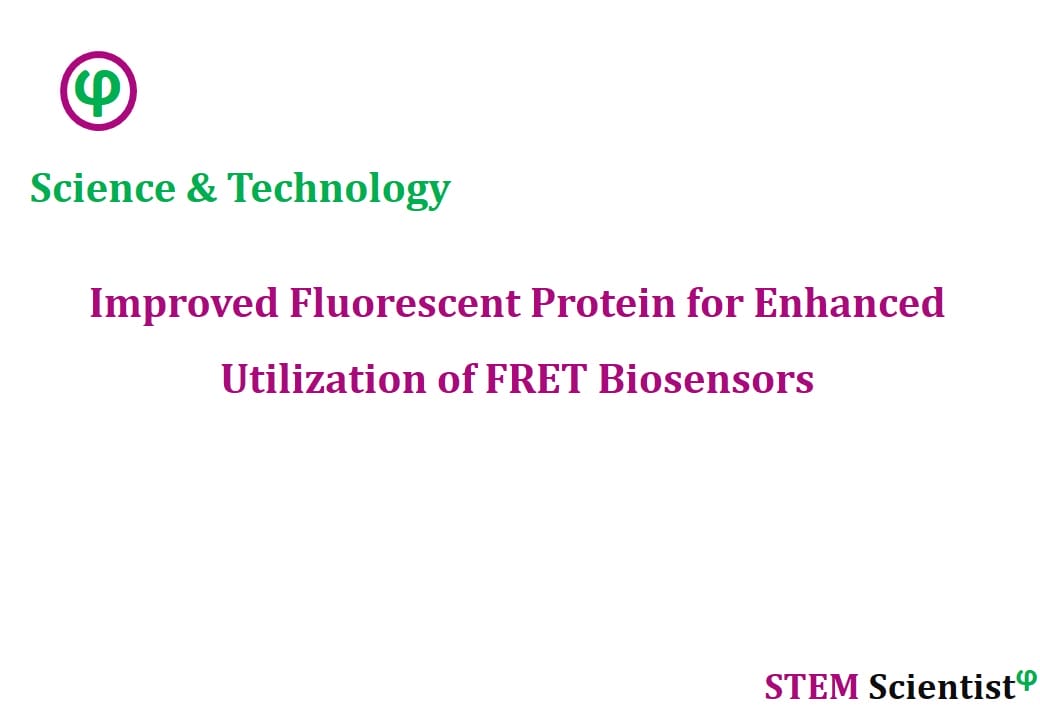
The following study was conducted by Scientists from University of California San Diego, USA; The George Washington University, Washington, USA; University of California San Diego, La Jolla, USA. Study is published in Nature Communications Journal as detailed below.
Nature Communications; Volume 11, Article Number: 1848; (2020)
A Rationally Enhanced Red Fluorescent Protein Expands the Utility of FRET Biosensors
Abstract
Genetically encoded Förster Resonance Energy Transfer (FRET)-based biosensors are powerful tools to illuminate spatiotemporal regulation of cell signaling in living cells, but the utility of the red spectrum for biosensing was limited due to a lack of bright and stable red fluorescent proteins. Here, we rationally improve the photophysical characteristics of the coral-derived fluorescent protein TagRFP-T. We show that a new single-residue mutant, super-TagRFP (stagRFP) has nearly twice the molecular brightness of TagRFP-T and negligible photoactivation. stagRFP facilitates significant improvements on multiple green-red biosensors as a FRET acceptor and is an efficient FRET donor that supports red/far-red FRET biosensing. Capitalizing on the ability of stagRFP to couple with multiple FRET partners, we develop a novel multiplex method to examine the confluence of signaling activities from three kinases simultaneously in single living cells, providing evidence for a role of Src family kinases in regulating growth factor induced Akt and ERK activities.
Source:
Nature Communications
URL: https://www.nature.com/articles/s41467-020-15687-x
Citation:
Mo, G. C. H., C. Posner, et al. (2020). “A rationally enhanced red fluorescent protein expands the utility of FRET biosensors.” Nature Communications 11(1): 1848.


